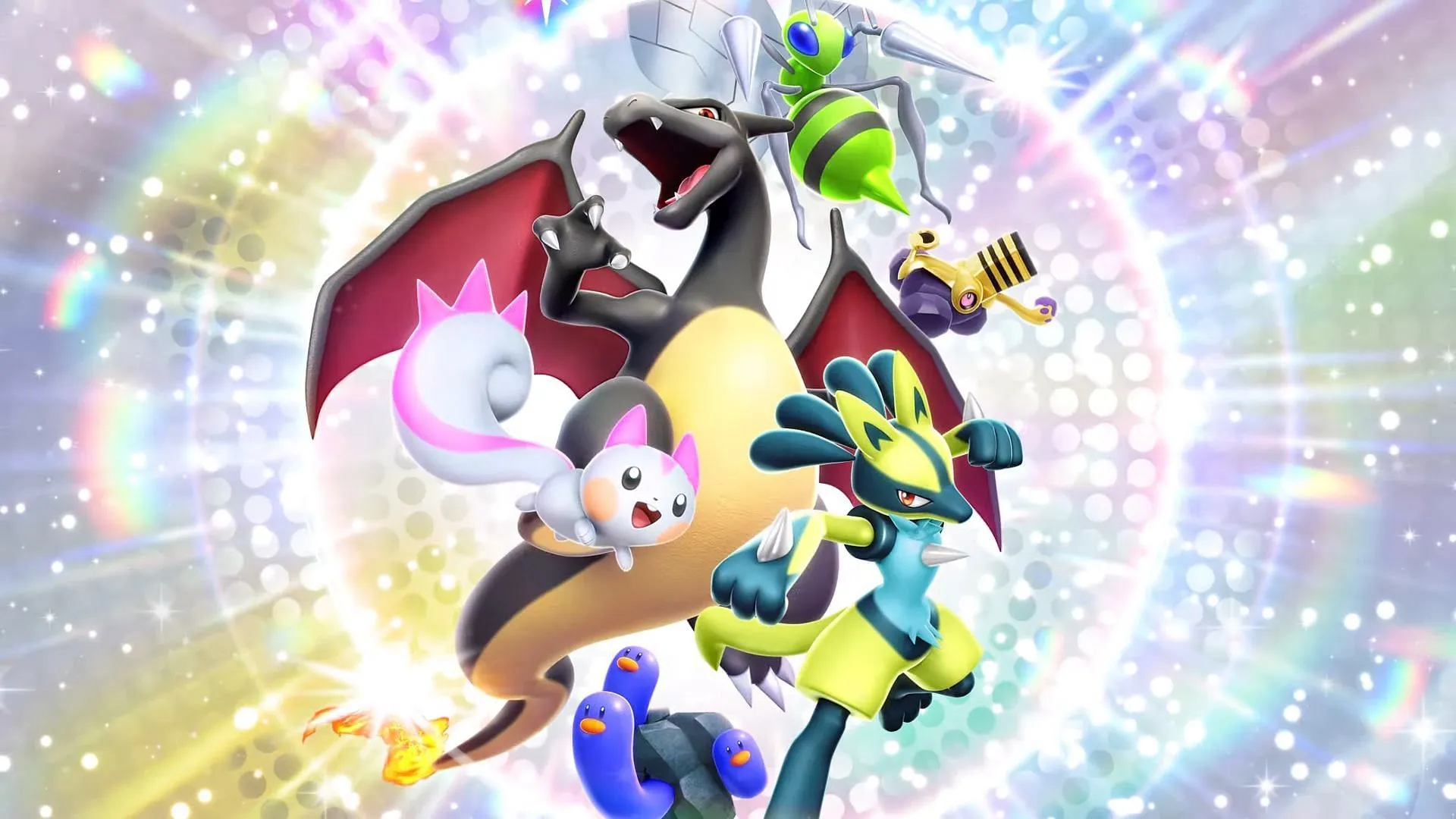The Pokémon Trading Card Game Pocket (Pokemon TCG Pocket) has experienced a remarkable surge in popularity since its inception, presenting a digital variant of the traditional Pokémon Trading Card Game. However, with the acceleration in the frequency at which new card sets are being released, concerns are surfacing about whether this rapid pace is ultimately beneficial for the game.
Although regular updates can enhance the game’s appeal and keep players engaged, they also usher in worries regarding player fatigue, financial pressures, and potential imbalances in gameplay. As new sets debut nearly every month, a pressing question arises: Is this pace sustainable, or is it merely a strategy to keep players perpetually in pursuit of the latest cards? Let’s explore this in detail.
Recent Releases in Pokémon TCG Pocket

In 2025, Pokémon TCG Pocket has notably increased its release tempo. Here’s a summary of the recent sets launched recently:
- Genetic Apex: Launched on October 30, 2024, featuring a total of 286 cards
- Mythical Island: Released on December 17, 2024, encompassing 85 cards
- Space-Time Smackdown: Dropped on January 29, 2025, with 207 cards
- Triumphant Light: Became available on February 28, 2025, consisting of 96 cards
- Shining Revelry: Set to launch on March 27, 2025, expected to contain over 110 cards
This new approach contrasts sharply with the previous six-week intervals between releases and introduces almost monthly updates, occasionally accompanied by surprise mini-sets. The critical question remains: Will this rapid release schedule benefit the game in the long run, or will it overwhelm players?
Analyzing the Impact of Frequent Releases
1) Sustainability of the Update Frequency
While frequent updates can enhance the vibrancy and dynamics of the game by introducing new strategies and rare card additions, they may also overwhelm both seasoned and casual players alike. A growing number of players express concerns about their ability to keep pace with the constant influx of new content, with some still struggling to complete collections from earlier sets.
With the current release frequency and a limitation of only two free pack openings per day, players might find themselves lacking sufficient time to explore, practice, and appreciate each new set before the next arrives.
2) Advantages for Early Adopters
The rapidity of game updates often favors veteran players who joined the community earlier. Such players have had the advantage of time to cultivate their collections, track down rare cards, and familiarize themselves with game mechanics.
Conversely, newer or casual enthusiasts may feel sidelined, perpetually striving to determine which card sets to prioritize while navigating an ever-evolving competitive landscape.
3) Challenges for Free-to-Play Players
Free-to-play (F2P) participants depend significantly on their ability to gather cards through various means, such as free pulls, events, and trades. However, with the increased frequency of new releases, the opportunity to complete sets before the next one arrives appears to be diminishing.
This raises critical questions about whether the game is more focused on encouraging purchases rather than rewarding dedicated gameplay. Could this strategy be a deliberate attempt to invoke a sense of urgency—thereby capitalizing on players’ fear of missing out (FOMO)?
Are Players Experiencing Burnout?

One of the primary concerns associated with this accelerated release strategy is player burnout. The swift arrival of new sets can generate a pressure cooker atmosphere that transforms what should be excitement into fatigue. Players may feel compelled to grind incessantly or spend money in order to maintain competitiveness.
Moreover, the prevailing meta of the game reflects a trend seen in previous Pokémon TCG formats, with a considerable dependence on Trainer-heavy decks, resulting in the marginalization of Stage 2 Pokémon in competitive play. This shift suggests a growing emphasis on speed and simplicity rather than diverse and innovative deck-building options.
The mantra of “How quickly can you get your meta card battle-ready?”seems to overshadow the more strategic question of “How creatively can your deck be developed?”
While new updates surely invigorate the game, finding an equilibrium between excitement and overwhelming players is crucial. If Pokémon TCG Pocket continues its current trajectory, it risks alienating its F2P players and contributing to broad player fatigue. A more moderate release schedule—potentially revisiting the six-week interval—could foster a better balance between player engagement and enjoyment.


